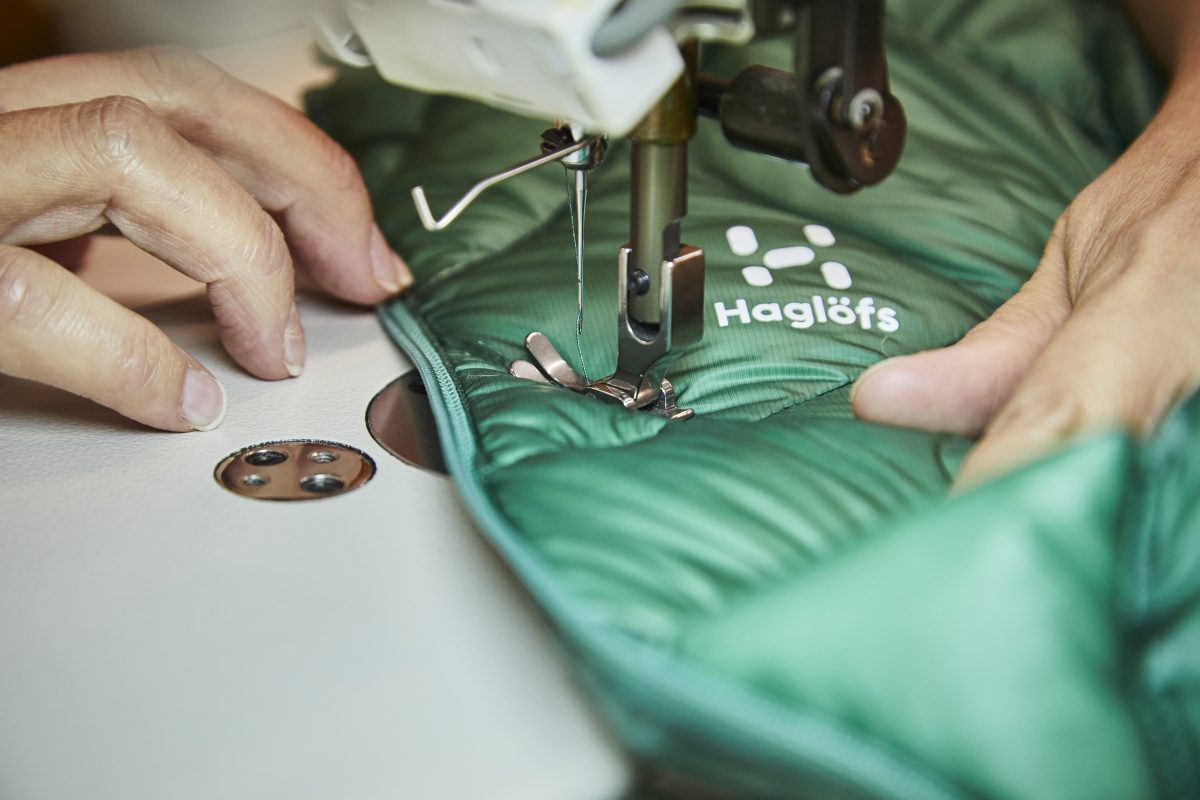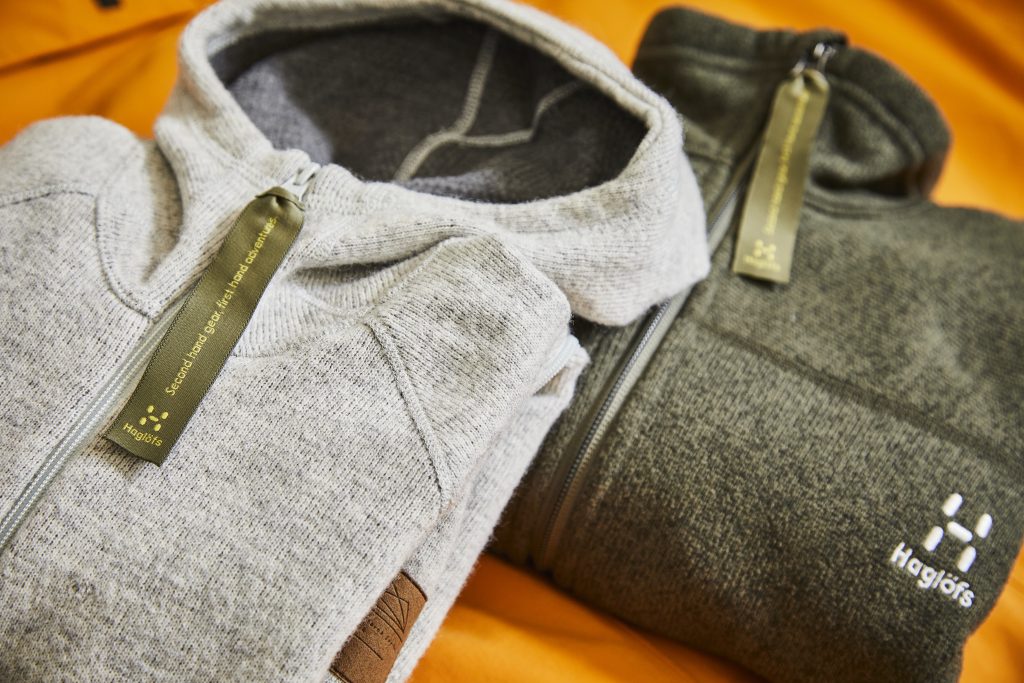
There are a number of studies which have shown that extending the useful life of products can provide significant benefits. For example, research in Sweden by MISTRA showed that by doubling the number of uses of a garment the climate impact can be reduced by 52 %.
— This can be achieved in a number of ways, says Elaine Gardiner. By designing high-quality products, by ensuring consumers know how to care for their products and have access to repair options, and by ensuring products that have been discarded but still have life in them can make their way to a new consumer rather than being sent to landfill or incineration.
This fall, as Gardiner teased before the summer, the brand introduces Haglöfs Restored, aiming to offer second-hand performance gear just as functional and good-looking as their regular collection.
— We’ve partnered up with The Renewal Workshop, a leading provider of circular solutions for clothing and textile brands. Whether previously worn, returned, damaged, or defective, all products arriving at The Renewal Workshop’s factory in Amsterdam are inspected, washed, and restored up to standards before they are resold and can continue their journey together with their new owner, Gardiner tells, continuing,
— Restored comes from one area of our sustainability strategy which is focused on keeping products in use for as long as possible. In this part, we work on making high-quality products and we support consumers with guidance on care and options for repair during the products’ lifetime. Restored is the next step in this process looking at how to handle products that we receive that still have life in them. Lots of resources including energy, water, and raw materials go into making our gear. Every time we can extend the life of the product through good product care, repair, or restoring it we know we have made better use of the resources that went into it in the first place. And even more importantly we avoid another product being produced with a whole lot of new resources while keeping still-premium materials out of landfill for longer.


How will you develop this concept onwards?
— This is a new business model for us and we expect to learn and adapt it along the way. The important part is to start that learning process, with the aim to make this an income stream for the business which allows it — the business — to continue to grow without always having to make new products. The first steps we are looking at are options to make it easier for consumers to return their products when they are finished with them are we are also looking at how we can expand the offering to more countries, Gardiner concludes.


